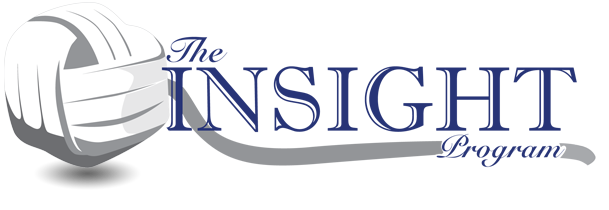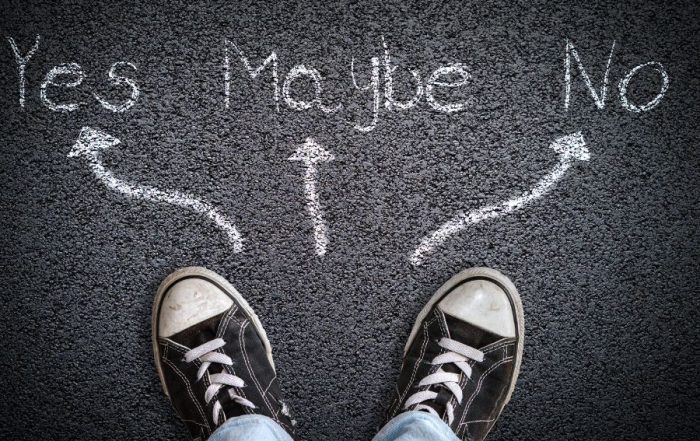Drug Use and Instant Gratification
In today’s fast-paced world, it can often feel that we have access to all the free rushes that we could ever want. Many of our phones and minds are constantly buzzing with social media notifications, likes, followers … and even the immediate feedback provided by texting 32 people with the tap of a single button!
While there’s certainly many good things that have come from technology, we’d like to provide a teen substance abuse program’s perspective on the link between drug use and instant gratification.
In our experience:
Both drug use and instant gratification from technology promote the same type of reward-seeking behaviors. When young people are constantly concerned with receiving instant feedback, they have set themselves up to be rewarded similarly by drugs and alcohol, which activate the same neural pathways.
From free two-day shipping to social media notifications, we are constantly seeking immediate rewards. This craving for quick satisfaction extends to various aspects of our lives, including drug use and addiction.
What we mean by “instant” gratification
Instant gratification refers to the tendency to seek immediate rewards or pleasures without considering the potential long-term consequences. This concept is deeply rooted in human nature, as our brains are wired to seek pleasure and avoid discomfort. The rise of technology and the internet has provided us with infinite outlets for this inclination, making it easier for us to indulge in quick fixes.
In our program, we often refer to these dopamine hits as “unearned highs.” An unearned high is an emotional high point that we didn’t do the work to earn. Consider this:
When we study and perform well on a math test, we feel good. The same goes for when we train hard and perform well in a sport, or when we confront our fears by asking someone out on a date. All of these things feel good, and they should! We did the work, and we feel euphoric because of it! These are examples of “earned highs.”
An unearned high is a way of bypassing the process of “doing the work” and skipping right to the reward. For instance:
When we do drugs, we feel a similar high, even though we didn’t do any work. The same goes for clicking a single button to buy a new pair of shoes or near-instant feedback on a photo of ourselves that we shared on social media.
The problem with too many unearned highs
While posting to social media once in a while certainly isn’t the end of the world, the trouble arrives when we begin participating in too many of these activities. At some point, checking our phones becomes the main thing we do to feel good.
In contrast, take the earlier example of training for a sport or studying for a test. We still “get high” in these cases, but it takes us weeks of work to get there! Additionally, if we don’t do the work, we don’t get the reward. This is a very normal reward-seeking pattern, and it leads to well-earned feelings of euphoria, at most, every once in a while.
Where technology has broken this chain is that it allows us to simply “drop out” of the normal process, receiving feelings of euphoria nearly all the time. The problem is, as we know, that a tolerance develops and our unearned highs don’t feel so “high” after a while. The result is that the young person’s “normal” level drops below their normal emotional baseline, and they’ll need to keep participating in the activity just to feel normal.
Drug Use and Instant Gratification
When young individuals repeatedly participate in these “instant gratification” activities using technology, they unwittingly set themselves up to feel as though that’s how life works. The expectation is that anytime we need to feel good, we can share a new picture on social media and have 50 new compliments within the next two hours. Because the brain is wired to seek rewards, this activity can be very addictive.
In the past, an individual would try drugs and become hooked, slowly descending into depression and anxiousness over time. However, young people who chronically over-receive unearned highs in rapid succession are already depressed and anxious when the drug use starts.
While it is well known that the euphoric feeling of trying marijuana, cocaine, or xanax for the first time is a much “higher” high than that of receiving 50 compliments in 2 hours, the process (and the result) isn’t that different. With drugs, we’ve gotten an unearned high by skipping the work it takes to feel euphoric.
The difference is that now we’re also using addictive chemicals that can be extremely difficult to quit when the consequences start piling up. Regardless of the reason the teen tried drugs, an already depressed teenager will experience a far greater reward from their initial drug use.
The solution: reversing instant gratification and drug addiction
While we certainly don’t pretend to be the arbiters of the “one way” of solving a substance abuse problem, we think that our decades of experience working with young people getting sober provide us with some good insight into how to address the issue.
Seek consultation from a professional
First, we need to address the elephant in the room: past a certain point, professional help will almost certainly be necessary. Addiction and substance abuse can lead to some very complicated and difficult problems to solve. So, the first step in addressing any substance abuse problem should likely be to shine a light on the problem by seeking a substance abuse evaluation from a professional who understands addiction.
Seek a residential option, if necessary
Further, in individuals for whom technology addiction is also a potential complication in their recovery, it can be extremely helpful to seek some kind of residential treatment option. It is typically the case that individuals in residential treatment programs don’t have access to their cell phones for the duration of their treatment process.
During this time, counselors and peers in recovery typically work with the recovering individual on learning how to string together earned highs. For instance, there are many earned highs in early recovery:
- Being honest about our real emotions for the first time
- Developing new friendships and being accepted for who we are
- Obtaining sponsorship and direction from people we trust
- Getting 30 days sober
- Re-establishing a baseline of trust with family
- Finally learning how to have fun without drugs
These are just some of the earned highs that a newly recovered individual can expect. The amazing thing is that, once we see the rewards of recovery, it’s typical for individuals to want to continue staying sober. In our programs, we refer to this as “front-wheel drive sobriety.” What that means is that we finally begin staying sober because we’re excited about the rewards we’re receiving, rather than because we’re running away from the consequences of the past.
Aftercare is critical
We’d be remiss if we didn’t mention the importance of a rock-solid aftercare program. Staying sober is hard work, even over the long haul. That means that after we leave the residential treatment environment, we’ll be confronted with all sorts of temptations and situations for which we are often ill-prepared.
This generally isn’t the treatment center’s fault – it’s simply part of the process. There’s no way to truly prepare a person to stay sober on their own streets, in their own house, with their phone back in their pocket, without having them go through it in real-time. That’s where a solid IOP, Aftercare, and support group program comes into play.
If you or an individual you know is struggling with substance abuse or addiction, feel free to reach out to us. Our initial consultations are always free, and we hope that they result in you feeling like you know exactly what your next steps should be. Whether or not you’re in one of our home states, we’ll discuss your situation and provide guidance for you on your path towards a lasting recovery.







